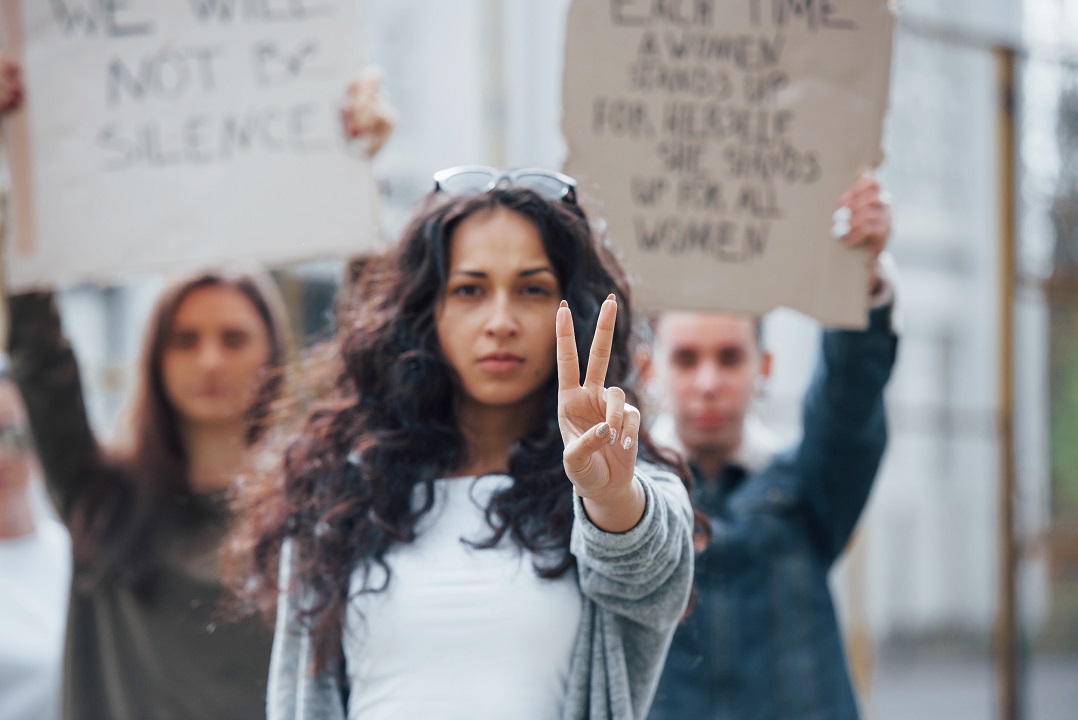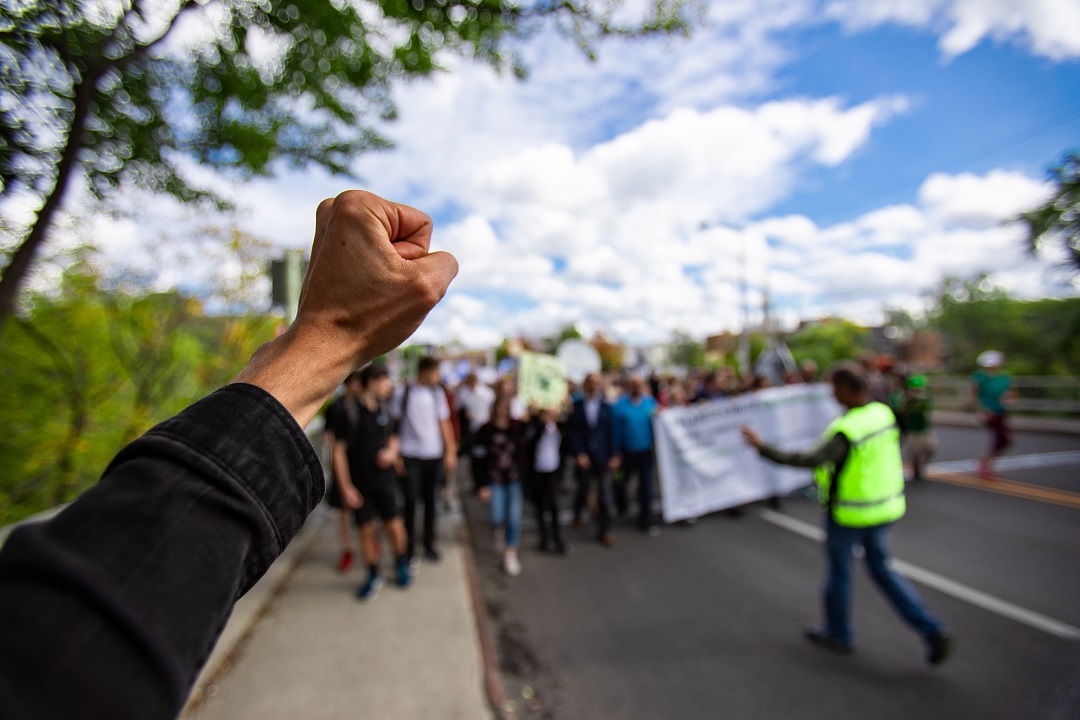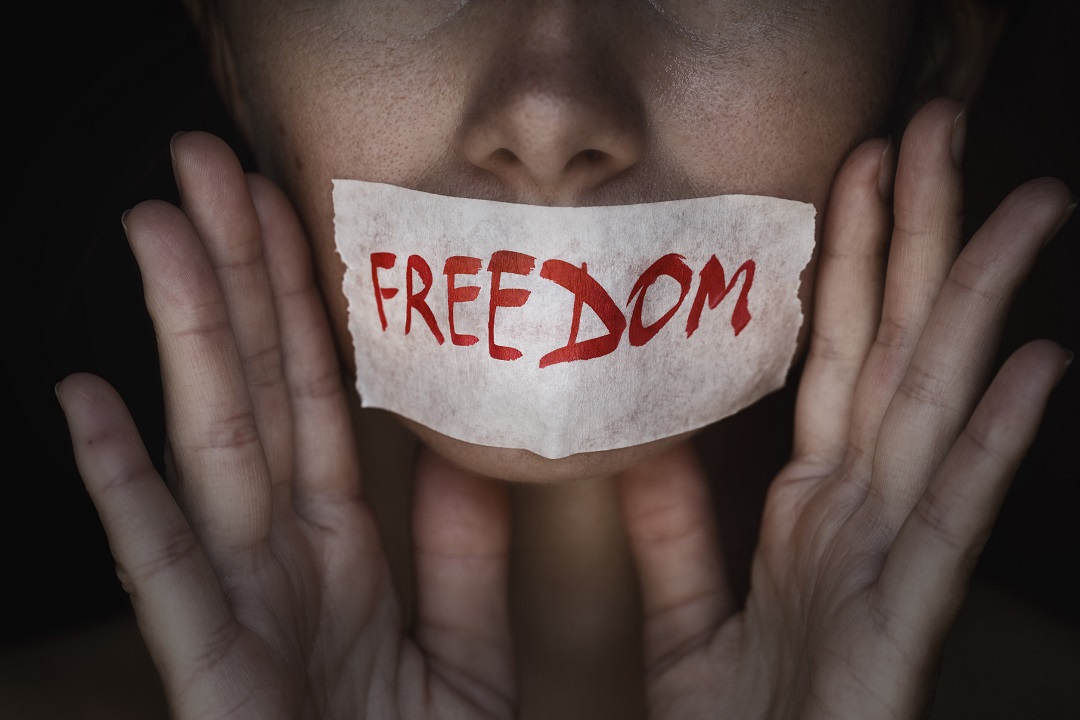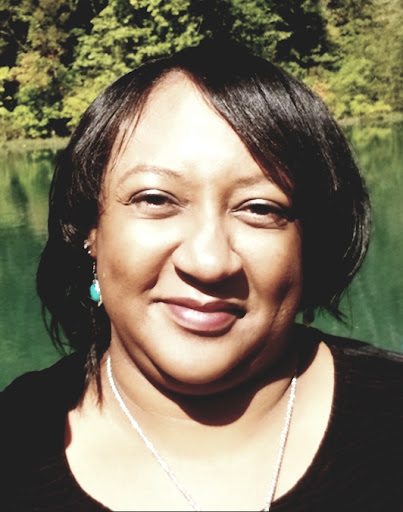
1. Exclusive Safe Spaces

2. Cancel Culture

3. Identity Politics

4. Pronoun Enforcement

5. Cultural Appropriation vs. Appreciation

6. Microaggression Awareness

7. Overemphasis on Diversity Quotas

8. Exclusivity in Activism

9. Social Media Call-Outs

10. Language Policing

11. Overgeneralization of Generational Differences

12. Hyperfocus on Political Correctness

13. Exclusivity in Social Justice Movements

14. Imposing Uniform Standards of Inclusivity

15. Exclusive Inclusion Efforts

Balancing Inclusivity and Unity


Toi Williams began her writing career in 2003 as a copywriter and editor and has authored hundreds of articles on numerous topics for a wide variety of companies. During her professional experience in the fields of Finance, Real Estate, and Law, she has obtained a broad understanding of these industries and brings this knowledge to her work as a writer.
